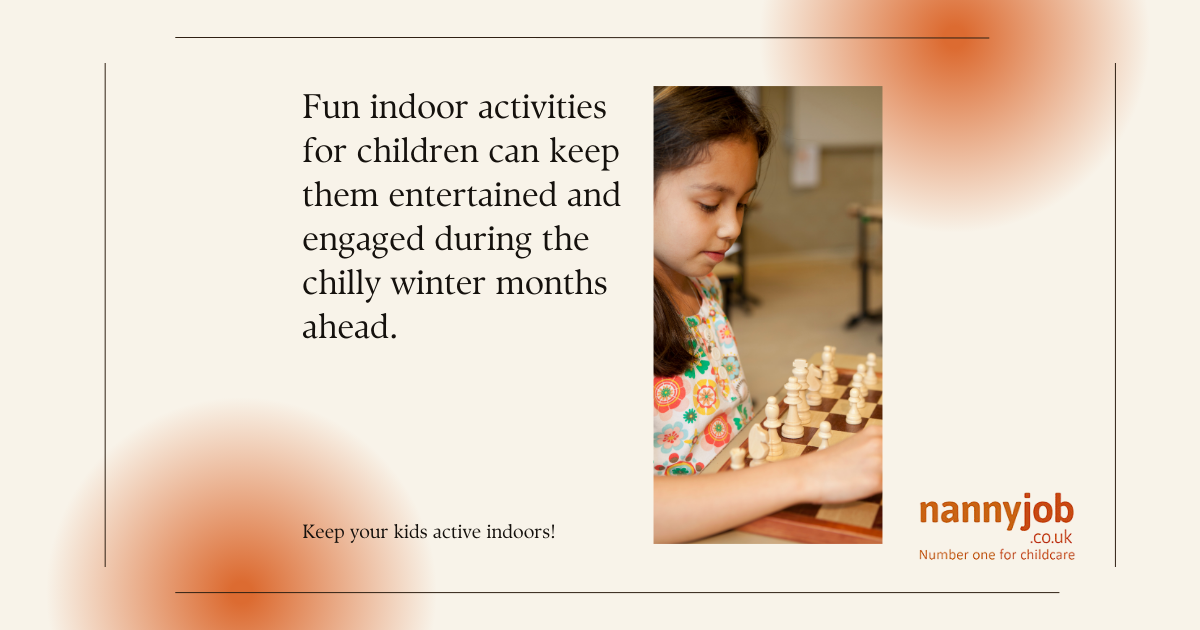Introduction
Christmas is the perfect time to get crafty with the kids! Making festive decorations and gifts together adds a personal touch to the holiday season and brings plenty of family fun. From handmade ornaments to creative wrapping paper, these simple Christmas craft ideas are great for children of all ages and will bring holiday cheer to your home. Let’s dive into some fun and easy Christmas craft ideas that will get everyone into the festive spirit!
1. DIY Christmas Ornaments
Homemade ornaments are a wonderful way to personalize your Christmas tree. These are easy to make and serve as keepsakes you can treasure year after year.
- Salt Dough Ornaments: Mix up some salt dough using flour, salt, and water. Roll it out, and let kids use cookie cutters to make festive shapes like stars, bells, and gingerbread people. Once baked and cooled, children can paint and decorate their ornaments with glitter or markers.
- Pinecone Ornaments: Gather pinecones from outside, paint them with white or silver paint, and add glitter to resemble snow. Tie a ribbon loop at the top to hang them on the tree.
- Mini Wreath Ornaments: Twist green pipe cleaners into small wreath shapes and decorate with red beads or mini bows for a festive touch.
Tip: Let kids sign their names or add the year to their ornaments to make them extra special!
2. Handmade Christmas Cards
Christmas cards are a thoughtful way to spread holiday cheer, and making them by hand adds a personal touch. Kids will enjoy creating unique designs for friends and family.
- Fingerprint Reindeer: Have kids dip their fingers in brown paint and make reindeer faces on card stock. Add eyes, antlers, and a little red nose to complete each reindeer!
- Button Christmas Trees: Use green buttons to form a tree shape on card stock. Add a small brown button or piece of paper for the trunk, and decorate with sequins or tiny stars.
- Cotton Ball Snowmen: Glue cotton balls in the shape of a snowman on card stock. Add small buttons, a carrot nose, and a paper hat for a cute, fluffy snowman card.
Tip: Encourage kids to write holiday greetings or share their favorite holiday memories inside each card.
3. Popsicle Stick Crafts
Popsicle sticks are a versatile crafting material and make adorable holiday decorations.
- Popsicle Stick Snowflakes: Glue popsicle sticks together in a snowflake shape, then paint them white or blue and add glitter for a frosty look. These make lovely window or tree decorations.
- Santa and Elf Faces: Glue a few popsicle sticks together, paint them, and add paper hats and googly eyes to create Santa or elf faces. A cotton ball for Santa’s beard completes the look!
- Reindeer Ornaments: Arrange popsicle sticks in a triangle shape and paint them brown. Add googly eyes, a red pom-pom nose, and pipe cleaner antlers to make a reindeer ornament.
Tip: These can be made into ornaments or hung as festive wall decorations.
4. Handmade Gift Wrap
Creating homemade wrapping paper is a fun, hands-on way for kids to contribute to holiday prep, and it gives your gifts a unique, personal touch.
- Stamped Wrapping Paper: Use kraft paper and Christmas-themed stamps or potatoes carved into shapes. Kids can stamp the paper to create festive patterns.
- Painted Snowflakes and Trees: Let children use sponges or fingers to create simple snowflakes, Christmas trees, or other holiday designs on plain wrapping paper.
- Handprint Reindeer Wrap: Have kids make handprints on the paper and add details like eyes, antlers, and red noses to transform the prints into reindeer.
Tip: Finish wrapped gifts with ribbon or twine, and add a tag with the child’s name or a holiday greeting for extra charm.
5. Festive Paper Plate Crafts
Paper plates are perfect for creating simple, fun crafts that even young children can enjoy. Here are a few easy ideas:
- Paper Plate Wreaths: Paint the outer rim of a paper plate green, then let kids decorate it with red paper dots, mini pompoms, or glitter to resemble holly berries.
- Santa Faces: Cut a paper plate in half, paint it pink or tan, and add cotton balls for Santa’s beard and hat trim. Glue on googly eyes and a small red pom-pom for his nose.
- Christmas Tree Plates: Paint a paper plate green and cut it into a triangle. Add mini decorations, like buttons or small pieces of paper, to create a festive tree.
Tip: Hang these up around the house or give them as gifts to family members.
6. Holiday Slime
For a fun, sensory activity, make Christmas-themed slime! It’s easy to do and keeps kids entertained for hours.
- Green Glitter Slime: Mix glue, water, and a few drops of green food coloring with glitter and some baking soda. Add a bit of saline solution to create slime, and watch kids stretch and mold it into fun shapes.
- Candy Cane Slime: Make two batches of slime—one white, one red—and swirl them together to resemble a candy cane.
- Snowflake Slime: Use clear glue, water, and blue food coloring with white and silver glitter for a frosty, snowflake effect.
Tip: Package slime in small jars for a fun holiday gift that kids can give to friends!
7. Christmas Candle Holders
Making candle holders is a festive way for kids to help create holiday décor while learning about crafting with different materials.
- Mason Jar Candle Holders: Paint the outside of a mason jar with white or frosted paint, add some glitter, and let it dry. Place a tealight candle inside for a warm holiday glow.
- Snowy Candle Holders: Brush glue onto a glass jar and roll it in Epsom salt or glitter to mimic snow. Add a tealight candle or LED light for a sparkly decoration.
- Pinecone Candle Holders: Arrange pinecones around the base of a small candle, using glue or a small plate as a base. It creates a natural, rustic look perfect for the holidays.
Tip: Use LED candles for kid-safe lighting, especially if the holders are part of a table display.
8. Homemade Christmas Garland
A homemade garland is a festive decoration that children can help create, and it’s perfect for draping around the tree, mantel, or stairway.
- Popcorn and Cranberry Garland: This classic garland is easy to make. Thread popped popcorn and fresh cranberries onto a string using a needle (with adult supervision).
- Paper Chain Garland: Use red and green construction paper to make a classic paper chain. Let kids link the pieces together to make a colorful, cheerful garland.
- Pom-Pom Garland: String together small red, green, and white pom-poms for a soft, colorful garland that looks great anywhere in the home.
Tip: Measure out the length you’ll need beforehand to ensure the garland is long enough for your space.
Conclusion
Christmas crafts are a wonderful way to spend time with children during the holidays, creating memories and keepsakes that will bring joy for years to come. These simple, festive ideas make it easy for kids to join in on the holiday magic while adding a homemade touch to your seasonal décor. So gather your supplies, get crafty, and let the festive fun begin!
















